Blog
Simple Homemade Vanilla Extract & Vanilla Paste Recipe
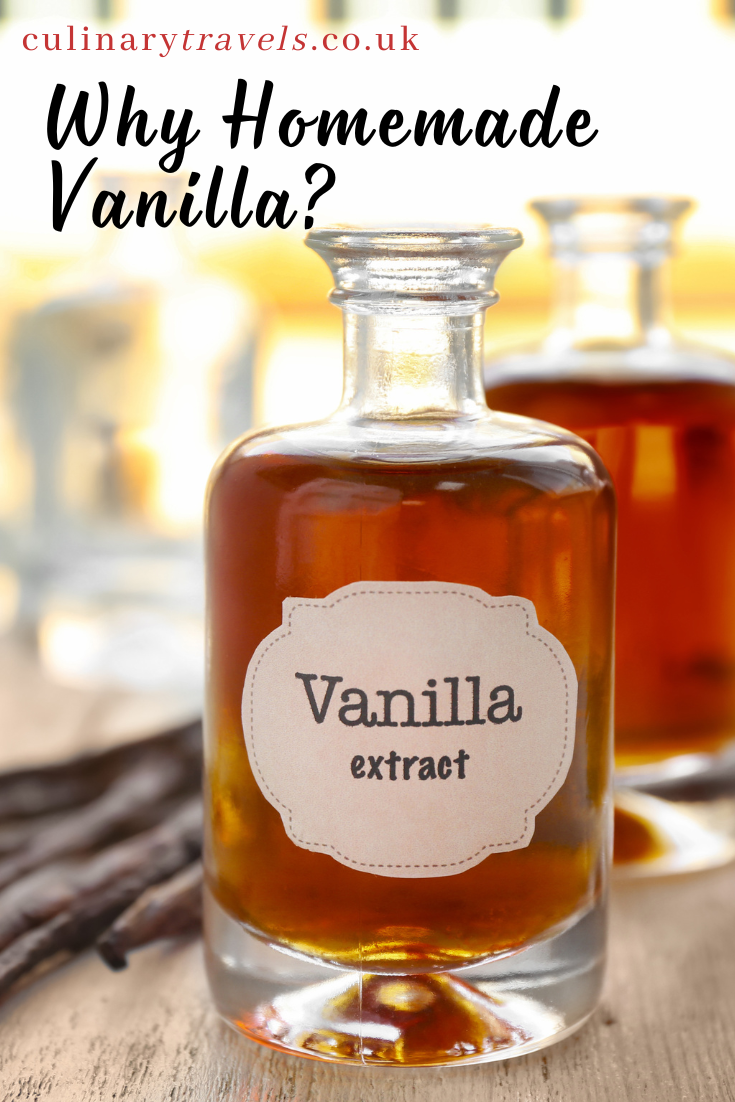
Vanilla is more than just a flavour — it’s a journey through history, memory, and the kitchen. From the moment you slice open a fragrant vanilla pod, releasing tiny specks of seeds, the aroma evokes childhood memories of cakes, custards, and ice creams. It’s the flavour that quietly elevates desserts, a subtle yet essential ingredient that turns a simple sponge into a showstopper.
Although vanilla is often seen as a ‘basic’ flavour, it’s incredibly versatile. Beyond sweet treats, a touch of real vanilla can enhance sauces, custards, and even some savoury dishes. Its delicate sweetness works as a background note, letting other ingredients shine while adding depth and warmth.
Vanilla comes from the seed pods of orchids, native to Mexico but now grown in places like Madagascar, Tahiti, and Indonesia. Each origin has its own character: Madagascan vanilla is rich and creamy, Tahitian vanilla is floral and delicate, and Indonesian vanilla is deep and smoky. Using vanilla pods or making your own homemade vanilla extract allows you to enjoy the true essence of this incredible spice.
Making vanilla extract at home is a patient but rewarding process. Vodka gently draws out the rich oils from the pods, resulting in a dark, fragrant liquid that transforms any dessert. Vanilla bean paste gives a concentrated punch of flavour with the added beauty of visible specks, making it a baker’s secret weapon.
Homemade vanilla isn’t just about flavour — it’s about sustainability and care. By making your own extract and paste, you can refresh bottles with new pods, reduce waste, and control the ingredients. It’s a small but satisfying way to connect with the food you create and ensure that every dessert you make is infused with quality and love.
Whether you’re a lifelong vanilla lover or just beginning to explore its magic, having homemade vanilla extract and vanilla paste in your pantry is a small luxury that pays off every time you bake. The process is simple, the aroma is intoxicating, and the results are extraordinary.

How to Make Homemade Vanilla Extract & Vanilla Paste
Both vanilla extract and vanilla paste are surprisingly simple to make at home. With just a few ingredients and a little patience, you can create pantry staples that elevate any recipe. Here’s how:
Homemade Vanilla Extract
Prep: 6 weeks | Yield: 500ml
A simple, aromatic vanilla extract made from real pods. Perfect for baking, custards, and sweet desserts.
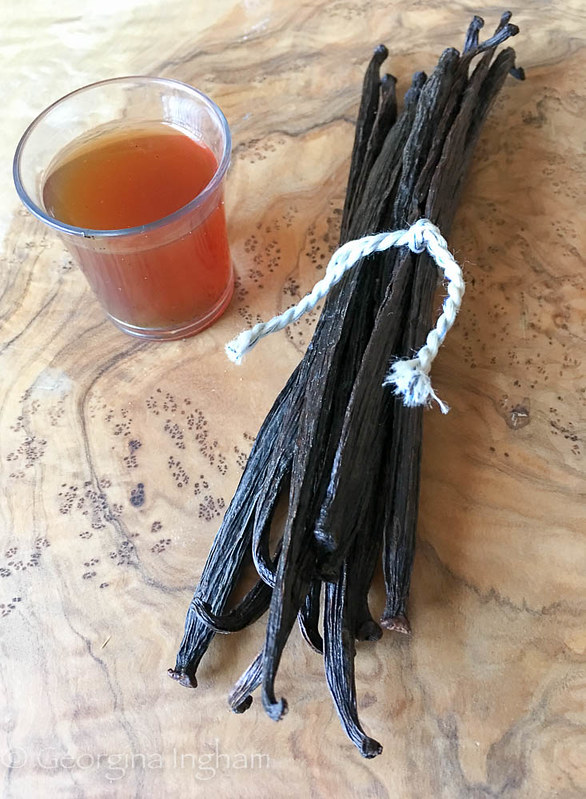
Ingredients:
8 or more vanilla beans
500ml vodka
Instructions:
Cut the vanilla beans to the length of your bottle and slice them lengthwise to expose the seeds but keep the ends attached.
Place the vanilla beans in the bottle and completely cover with vodka.
Place the lid on and shake gently.
Store in the pantry or cupboard and shake gently a couple of times a day for the first week.
After the first week, shake once or twice a week for about a month.
Top up with vodka when the bottle is about 25% empty and let it sit for a couple of weeks before use.
Your vanilla will be ready after 6 weeks, though waiting 3 months yields a stronger flavour.
Vanilla Paste
Prep: 15 mins | Yield: 200g
A rich, concentrated vanilla paste with the bonus of visible vanilla seeds. Ideal for cakes, custards, and baking where flavour matters.

Ingredients:
8 or more vanilla beans
1 tablespoon vanilla extract
200 g agave syrup or honey
Instructions:
Place all ingredients in a food processor and puree until smooth.
Sieve into a jug, pressing on the vanilla bean pulp to get as much liquid out as possible.
Pour the vanilla paste into a jar and seal tightly.
Store in the fridge.
Recipe Variations for Vanilla Extract & Paste
Use maple syrup instead of agave/honey for a deeper, richer sweetness.
Add a few drops of almond extract for a subtle twist.
Make a chocolate-vanilla paste by adding 1 tsp cocoa powder.
For a vegan option, ensure any syrup is plant-based and skip honey.
Handy Hints / FAQs
Can I freeze this extract or paste? Vanilla extract does not freeze well but lasts for years in a cool, dark place. Vanilla paste should be stored in the fridge for up to 6 months.
How do I store leftover vanilla pods? Keep them in a sealed jar or the bottle of extract. They remain fragrant for months.
How long does homemade vanilla extract last? Kept in a dark cupboard, it can last indefinitely, becoming more flavourful over time.
✨ Keep Up To Date with Culinary Travels
Love what you see here? 🍴 Stay connected with me for behind-the-scenes kitchen moments, foodie adventures, and plenty of recipe inspiration.
Follow me on Facebook, Instagram, and Pinterest.
💌 Sharing is caring — if you’ve enjoyed this post, please spread the word! Every share helps this little corner of the internet grow, and I’d be so grateful.



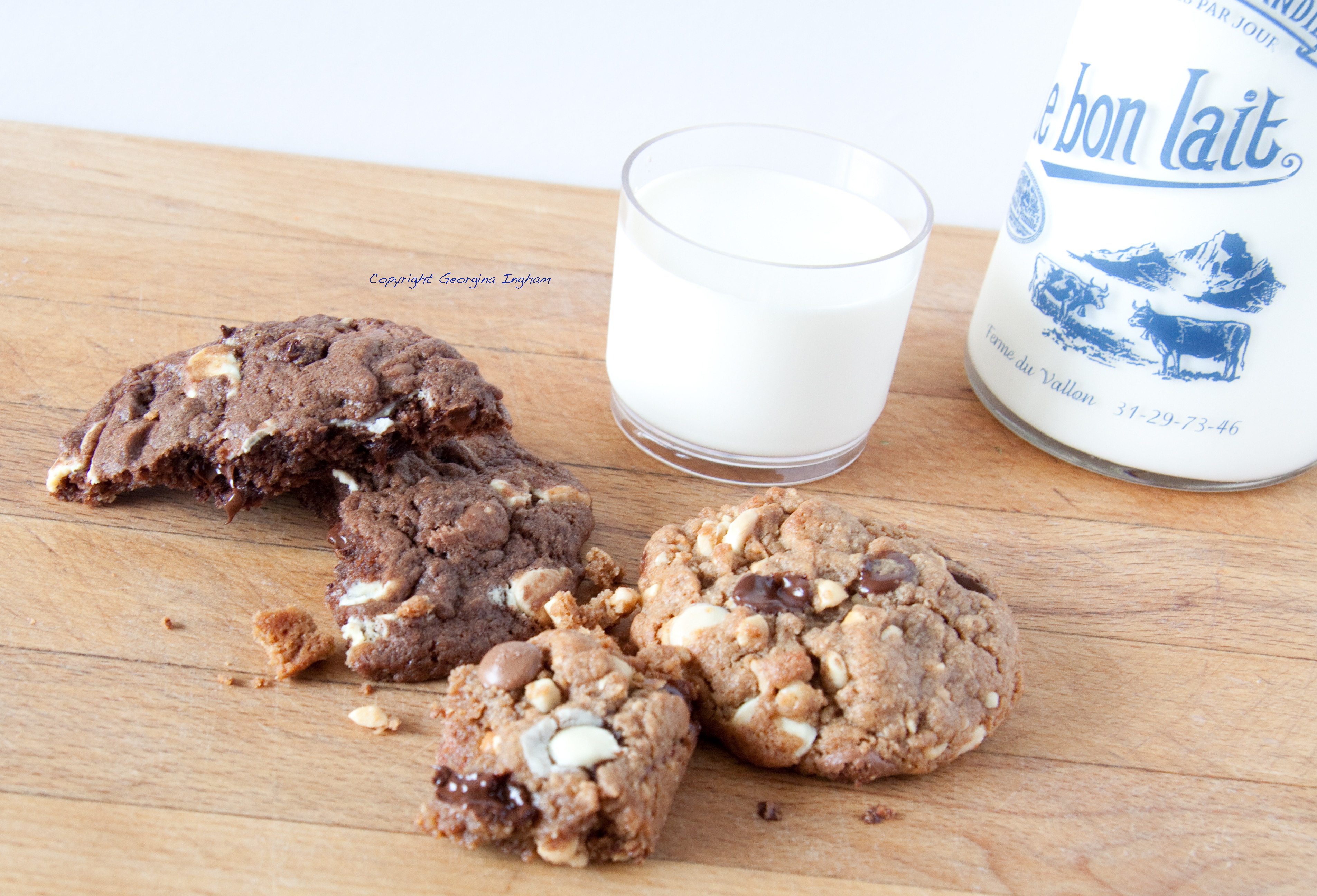
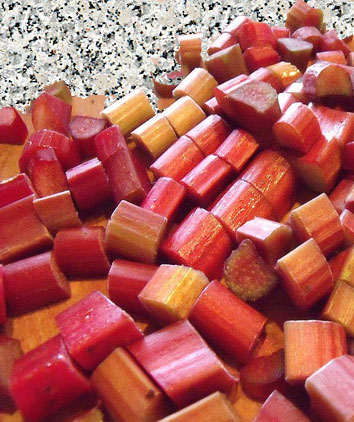
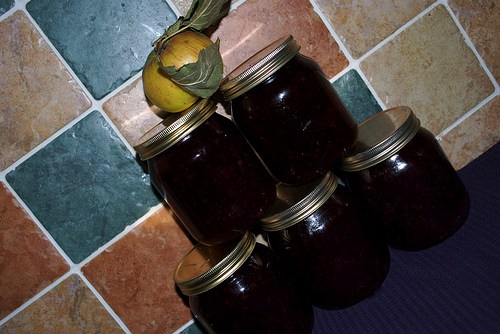
What Our Followers Say
"Oh yum!!! I could eat one or two right now!"
Sami Tamimi
"Georgina was great to work with, quick to respond, and is an excellent content writer - would highly recommend collaborating with her!"
Nick S, Get Blogged
Our list of things to do in Cork has just expanded hugely thanks to Culinary Travels.
Triskel Art Centre Cork